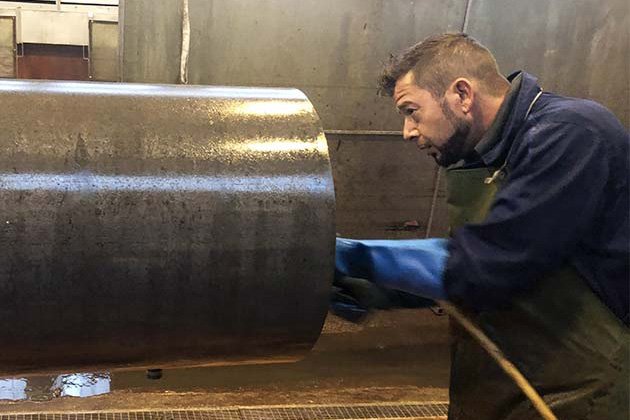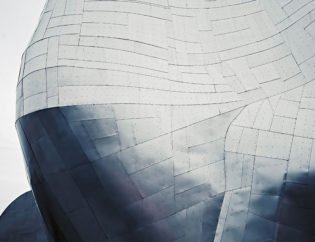
Pickling and passivation for light steelwork with Bama Technologies
Pickling and passivation in light carpentry, in order to produce products in a workmanlike manner, requires professionals to carry out certain preliminary procedures that are of fundamental importance to ensure a long life to the final product, and to avoid risks such as corrosion.
At Bama Technologies, we also take care of this aspect, and we collaborate with other companies, helping them to obtain an absolutely impeccable raw material for their production processes..
Pickling and passivation processes for light carpentry are part of this processing chain.
Without these two steps, production can of course continue, but once the final product, such as a railing, staircase or door, is exposed, it will inevitably suffer from corrosive processes that will soon require replacement.
So these are treatments whose benefit is not immediate, but long-term!
Light and heavy carpentry
Before we understand what we can actually do, we need to understand a fundamental concept which is the difference between light and heavy carpentry.
Light carpentry means the construction of artefacts with sheet metal less than 3 mm thick and is clearly used for appliances, carpentry in general that do not have to withstand high weights or pressures.
Light carpentry allows the construction of works for civil use such as railings, parapets, gates, doors and fences and also industrial carpentry such as tanks for wine and oil, covers for machine tools, details for the pharmaceutical or food industries.
Heavy steelwork is a different matter.
In terms of weight and pressure, we are talking about reactors for the chemical or pharmaceutical industry, structures for machine tools, architectural load-bearing structures.
Pickling and passivation
Pickling and passivation are certainly among the fundamental material protection operations.
These are two complementary procedures which together are able to give the metal a protective shield, making it impenetrable to attacks from corrosive agents such as atmospheric agents.
Together, pickling and passivation for light carpentry constitute a sort of mandatory step, in order to make the manufactured articles free from welding oxides and ferrous contamination that would lead the surface to corrosive phenomena.
Pickling and passivation, on the other hand, serve to preserve the chemical and physical characteristics of the stainless steel surface over time. In fact, this alloy is often chosen for its anti-corrosive characteristics, but if it is not adequately treated with the procedures performed by BAMA, it will lose its function.
Pickling
The first operation to be carried out is pickling.
In fact, this operation is generally preceded by another treatment, which is degreasing, aimed at removing oxide and oily residues from metal surfaces.
In any case, the purpose of pickling is to obtain a deep cleaning of the most superficial layer of the object, thus removing all kinds of impurities and residues of previous processes.
This is a fundamental step, because only in this way can subsequent treatments such as passivation be truly effective.
The main impurity that the metal surface can present are oxides. These residues are very dangerous because, if they were to be permanently “included” in the surface with the subsequent passivation step, they would be responsible for autogenous corrosion, i.e. generated by the metal itself, without the intervention of external factors.
Several methods are used to obtain this result of absolute cleanliness: the most common is by immersion, inside a tank with acid substances capable of dissolving the residual oxides on the surface.
There is also a manual technique, used when the particular shape of the piece does not allow all the points to be reached.
However, Bama Technologies has experimented with a new pickling formula, which allows substantial savings in water and chemical substances. In fact, environmental commitment has always been part of our philosophy, and we have experimented with and perfected a spraying pickling system, which allows for less use of pickling substances and at least partial recycling of the water used.
Passivation
After this thorough cleaning, the second step is taken. Pickling and passivation for light carpentry can only achieve results if it is carried out properly.
If pickling consists of a kind of removal, passivation aims to achieve the opposite effect.
It involves the formation of a protective film of chromium oxide a few nanometres thick, which stainless steel naturally produces on the surface in an oxygen-rich environment. Chemical passivation accelerates this process and, by using nitric-based solutions or by adding hydrogen peroxide to the bath, promotes the formation of the alloy’s ‘natural’ protective layer.
Pickling and passivation for light carpentry are two very important operations to guarantee a quality end product, destined for a long life cycle.


